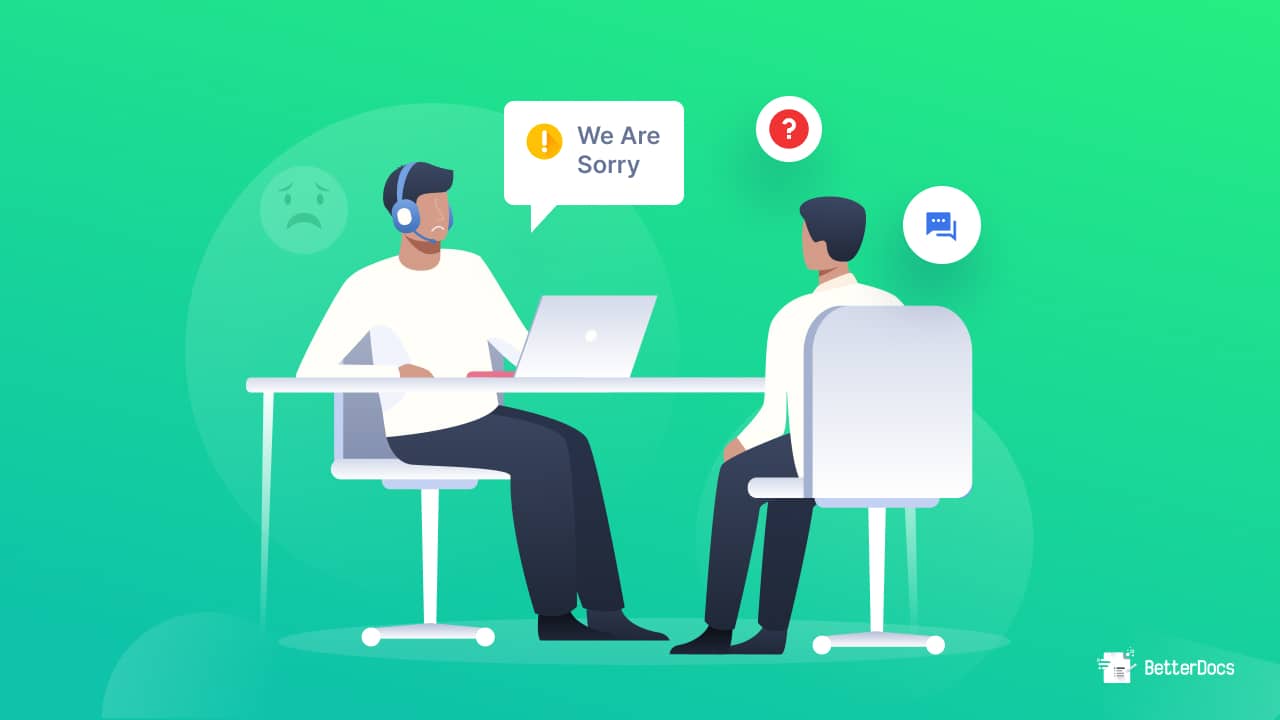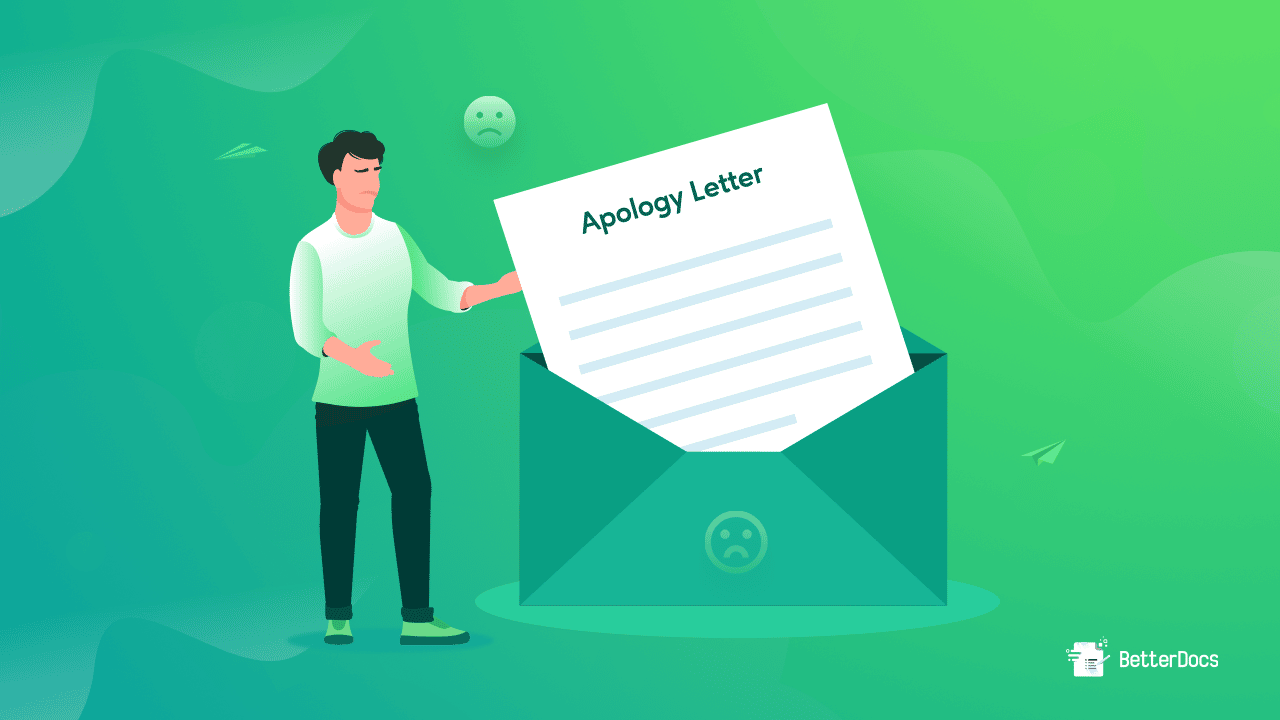
While you might want to never decline customer requests, sometimes the only option you have is to turn them down. However, are you wondering how to do it in a polite and considerate manner that not only helps to retain customer satisfaction but also confirms further business?

Well, that is what we will are here to help you with. In this blog, we will walk you through all the best practices to follow and examples to take inspiration from when you politely decline customer requests.
There’s no limit to the number of ways in which a customer may approach you with a request. However, unfortunately, not all of the requests and asks that a customer may make are acceptable and you are bound to say ‘no’.
But a dead-end conversation with a direct ‘no’ will not only put a negative impression of your company in the customer’s eyes but may even lead to jeopardizing the relationship that you have built with them over time. And so, giving a straight-up negative refusal should always be avoided as you can never truly anticipate how one of your customers will react.
Also try not to give a copy-paste, standard response for all types of customer requests. Rather, listen carefully to what the customers are asking for and be honest about your current inability to meet their expectations at the moment. And then, maybe even offer to take their requests into account and work on a solution for the future that is sure to satisfy the users or customers in question.
If you can correctly and politely reject a customer request, you will be able to maintain, or even build, relationships with the users, clients, and customers. Further, if you offer effective alternative solutions, you may even improve customer services and experiences at your company, consequentially boosting retention rates and leads .
The right approach in situations when you have no other option but to deny your customers is to offer alternatives and politely decline requests with a positive attitude. Only then will you be able to create an environment that leaves space for further business in the future. So, without further ado, let’s learn the top 9 best practices to decline a request politely and retain customers with ease:

One of the most crucial aspects of providing outstanding customer service and also politely declining requests is listening to customers . It should never occur that you have rejected a request by one of your business’ regular consumers without comprehending properly first, especially one that could have been easily accepted without any negative consequence.
As a result, no matter how busy you are, it’s crucial that you pay attention to everything the buyer or customer has to ask for so that you fully understand their questions and inquiries . If you directly reject an appeal or plea without looking into their issues, you are more likely to damage your customer relationship.
However, when you politely decline customer requests, it is not only about understanding the request itself. You and your fellow customer service representatives must make sure all rejections and declinations are delivered with the utmost sense of empathy towards the customers. Otherwise, you might come across as rude and your business retention rates will continually fall with time.
Try to maintain a professional approach when dealing with consumers if you have to turn them down in any way. And do not forget to show that you sincerely value their wishes and expectations of your company.
And then pair up the empathy in your reply with a sincere apology . While you might not have much of a reason to apologize to your customers, it is one of the best ways of providing a great service and ensuring excellent customer experiences.

Take the following two sentences given below for example:
If you ask us, the first sentence shows much more empathy and care with their simple apology at the beginning of the rejection as compared to the direct declination in the 2nd example. And, even though both are used to convey the same message, the first sentence may bring a more positive reaction out of even the most frustrated customers than the 2nd sentence can.
Another best practice to follow when you need to politely decline customer requests is not to avoid saying ‘no’ at the end of a long and time-consuming conversation. It will only make your customers feel like you have wasted their valuable time and energy. And so, if you are certain that there is nothing that you can do to accept the request, keep your reply short and to the point .
However, regardless of how short your rejection reply might be when you politely decline a request, you must be clear to avoid any chance of misinterpretation. The best practice here would be to be transparent, briefly explain why you have to decline the request, and provide the necessary information.

And as mentioned previously, be empathetic and use a positive tone even when you are refusing your customer’s request.
For example, if a customer is asking you to add a new feature to your products that you do not have plans of adding at the moment, do not refuse them directly. Instead of replying with a ‘No, we do not have that feature’, you can try phrases like,
‘ While we do not provide that feature with our product at the moment , we understand how it will be useful for you and we appreciate you taking the time to let us know what you’re looking for. We will definitely try to put your suggestion into our consideration for the upcoming update and notify you if it becomes available. ’
Again, another point we have already mentioned in short once before is that you should not be using a cookie-cutter response for all your customers or all sorts of requests. The whole point of listening intently and trying to understand the request that the user is making is so you can think of possible solutions and offer a proper and personalized rejection.
Customers’ satisfaction should be your top-most priority, and for that reason, you must make sure your product or service users do not feel like they are just another customer that you have said ‘no’ to. Make them feel heard by addressing their problems and giving related explanations.
If possible, offer one or two alternative courses of action that you can do for the customer. In most circumstances, you will suggest solutions like ‘Though we do not support this payment method, we can keep your account active while you work with to fix this issue’.
In reality, a diplomatic approach that you can use for the best customer service is to suggest alternative providers or businesses that may offer the exact product or service. Yes, you might be suggesting your direct competitors to your customers but the strategy is usually very well-received as your company’s users will appreciate that you are going out of your way to ensure their satisfaction. Long-term customer loyalty and word-of-mouth marketing outweigh any short-term losses.

And finally, when you have properly utilized all of the best practices mentioned above to politely decline the customer request, it is time to ask for feedback from the user. The customers will feel even more heard if you take up the customer feedback survey by asking them for their suggestions.
That way, you can ensure your customers feel heard. They will understand that even though you have said ‘no’ to them for a reason you are willing to do what it takes to give them the best service they need in the future. All of it will help to improve your customer retention rates and eventually increase conversion.
Now, that you understand how to say ‘no’ properly, you need to know when it is alright to reject the customers’ request. As mentioned once earlier, you must remember that not all requests from customers mean you need to fulfill them under all conditions.
Below, we have mentioned a few scenarios or circumstances where the customer might not have requested a feature upgrade, refund, or other product or service-related ask. It is completely alright to refuse a customer and politely decline their requests in these situations:
🎯If the customer’s request goes against your company’s policy.
🎯 If a customer asks for confidential information that is only held by your company and its database.
🎯 If you feel like the customer is being rude, using harsh language, or going to the extent of threatening you or your company.
🎯If a particular customer asks for any kind of preference over others and it goes against the standard practices of your company or business.
Before we wrap up our blog on how to politely refuse a customer’s request, we want to share a few examples or reply templates that you can take inspiration from when you face similar situations.

The email template below is perfect to send to customers who are requesting a feature on your product or service that you do not intend to develop or release at the moment. It shows that you are positive, have considered their request, and are willing to hear more from them in order to provide the best possible customer experience.
Dear [Customer Name],
Thank you for taking your time to explore and use our product [Product Name] and reaching out to us. We love hearing back from our customers. We have considered your request for a new feature [Feature Name/Idea] for the product and we must say that it does sound interesting. However, we do not have plans to add the said feature to our product, as of now.
However, we would like to keep this feature in our consideration for future updates. Would you mind filling out our customer service survey form (attached below) and telling us more about your expectations from this product and other ways we can improve it?
The next template is drafted for a situation where a customer requests for a refund or return or exchange of a product that they have already purchased and hampered after it has been delivered to them. In such cases, it is not your company’s fault ot responsibility and the reply shown below would be an ideal approach to take.
Dear [Customer Name],
Thank you for reaching out to us about the situation and I understand how disappointing it must be for you that you have not been able to use the product as you had planned. However, I am sorry to let you know that I am unable to process your refund/return/exchange request because the product was damaged after delivery . Unfortunately, it is not in our company policy.
We would be extremely happy, nonetheless, if you take out some time to fill out our customer satisfaction survey. Hope you continue shopping with us, and give us the privilege of serving you in the future.
And lastly, we have a template that you can use when you need to politely decline customer requests for discounts or special offers.
Dear [Customer Name],
Thank you so much for your purchase from [Company Name]I understand that given your long-term loyalty to our brand, you were hoping for a discount on your next order. However, we regret to inform you that, at this time, we are unable to offer any special discount offers on individual orders as per your ask. We also believe that it will be unfair to our other customers if we make an exception.
We do, however, offer free deliveries and outstanding rewards if you purchase 5 of the same product. Would you be interested in either of these instead?
Again, we are extremely sorry for the inconvenience, but we will definitely take your request into consideration. You will be the first to know if and when our company provides any exclusive offers, discounts, or sales.

Declining customer requests go hand in hand with sending sincere apology letter letters to users, clients, and customers. Take a look at our blog on how to write an apology or formal pardon letters and improve the overall experience for the customer.
For more helpful blogs on customer service, take a minute to subscribe to our blog posts . Join our growing community on Facebook and scale up your company’s customer support and customer service today.